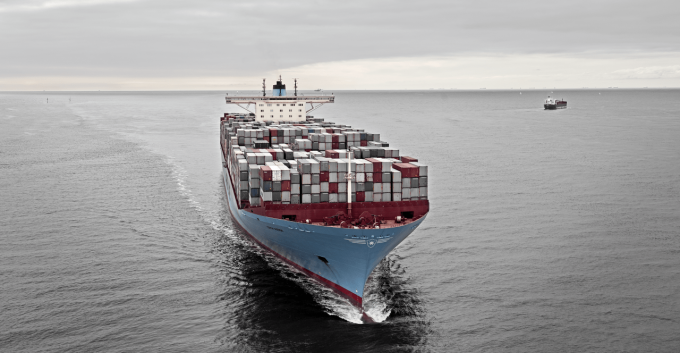Carriers need to cut more capacity for March GRIs to hold
Container freight spot rates on the major trades continued to slide this week, forcing carriers ...

Container spot rates from Asia to the US west coast spiked this week, ahead of the Chinese New Year holiday on 1 February.
Drewry’s WCI US west coast component put on 5%, to $11,197 per 40ft, while the Freightos Baltic Index (FBX), which includes an element of premium fees, gained 3.5%, to $15,139.
For the US east coast, there were mixed messages from the spot indices, with the WCI up 2% on the week, to $13,987 per 40ft, in contrast to the FBX ...
Amazon pushes into LTL for small package fulfilment and UPS does a u-turn
New senior management for DSV as it readies for DB Schenker takeover
Volumes set to 'fall off a cliff' as US firms hit the brakes on sourcing and bookings
Asian exporters scramble for ships and boxes to beat 90-day tariff pause
Temporary tariff relief brings on early transpacific peak season
'Tariff madness' will prompt renegotiation of ocean shipping contracts
Response to tariffs by Chinese importers may see extra costs for US shippers
Forwarders 'allowing the fox into the chicken run' by supporting 'hungry' carriers

Comment on this article